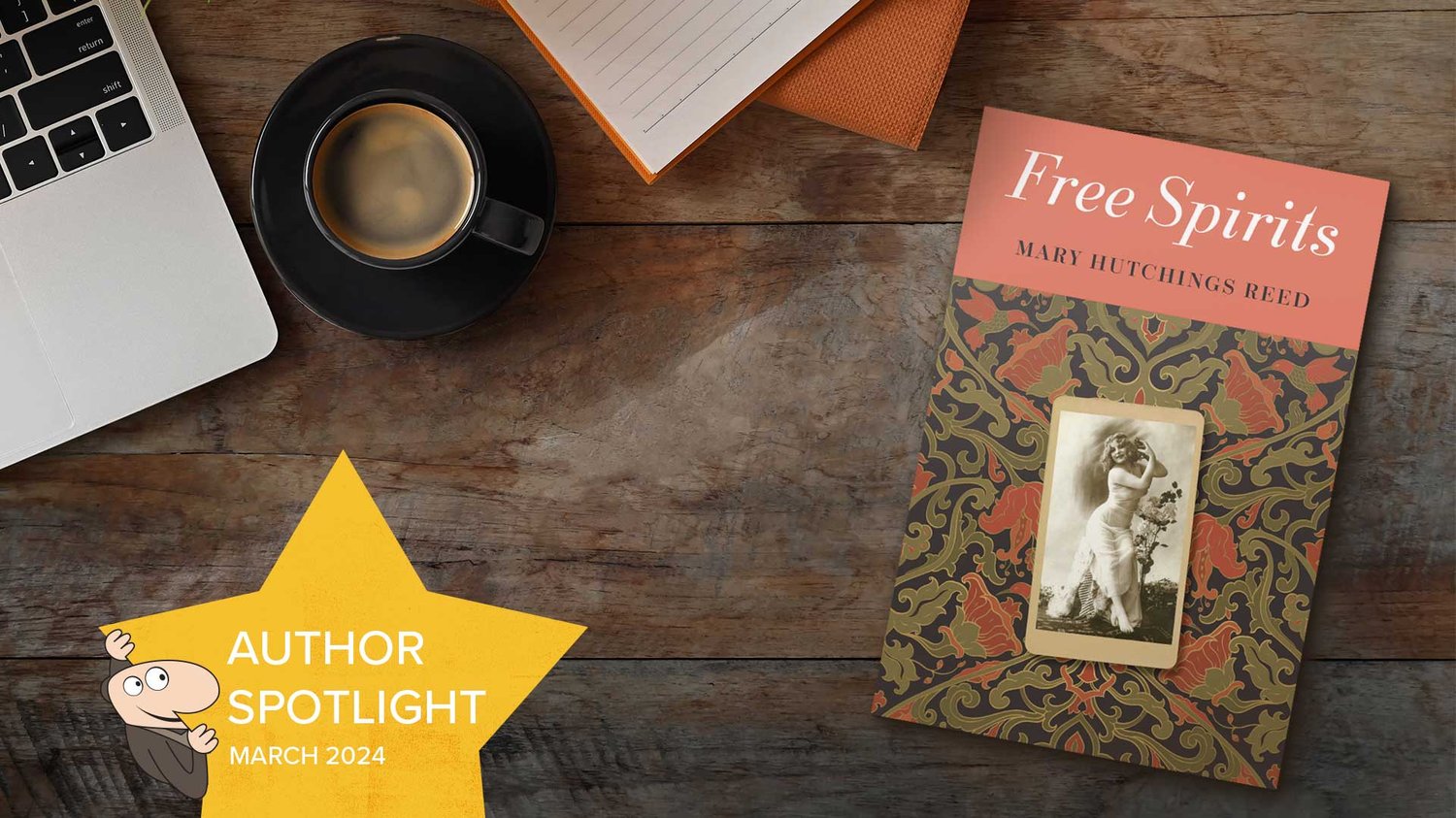Happy 2014, the year in which you will write that novel — or short story, or essay, or memoir, or poem, or all of the above.
Amicus Scriptor will appear in even-numbered months in 2014, and I’ll be responding to “questions from the audience” as well as continuing to support you in your creative writing efforts during the year.
This month’s question asked whether it was a bad idea to have more than one creative work going at the same time.
My emphatic answer is no. Write, write, write, and worry about what it is that you’re doing later.
Lawyers usually have more than one case going at a time, so we’re accustomed to dividing our attentions and managing our time. It shouldn’t be so difficult for us to focus all of our attention on one project and, when the bell rings, focus it on a wholly different one.
This might not be the most efficient way to practice law, but it is our reality: meetings, court calls and phone conferences for different clients and different matters back up to one another on our calendars.
When we’re on top of our game, we can make the transition relatively smoothly, depending on how recently we’ve reviewed the facts of the case or transaction, how well we know the clients, how exhausting each activity is and a variety of other factors.
If we think about managing multiple writing projects simultaneously, we might do well to divide our projects first into two categories — creating new material and editing existing material.
In our creative mode, we are in the flow, writing as much and as fast as we can, not editing or censoring or even thinking about perfection. The second mode, editing, is more like our day job: critical, analytical, precise.
When managing multiple projects (which I do, almost always), I put the creative work first thing in the morning when some say they are “fresher” but when I personally am least conscious, least judgmental and critical and most in touch with the unconscious in a near-dream state.
Some writers have a specific physical creative space that they use to augment their psychological state, whether it’s a special window, a cozy chair or a favorite desk.
I prefer to have one new work that I attend to every day and several editing projects, but there have been times when I’ve been writing new material for two projects at the same time, say, working on a novel but taking some time to do a short story or write this column.
I seldom would do both on the same day, but it probably doesn’t matter as long as you are writing. Who knows? The two pieces might, unbeknownst to you, go together some place down the road.
The important thing, I think, is to stay close to both creative projects so that you know where you are in your narrative and can quickly get back in the flow without that tendency to go back, reread and get trapped in the irresistible urge to edit.
Later in my day, interspersed with legal work or while at lunch or in transit, it’s more difficult for me to create but much easier to edit.
You’ve probably edited legal work on a plane or train, so you know it can be done. I’ve even done a “story” edit while on the treadmill, reading pages until I look up to see how much time I have left — the more engaging the story, the longer I go. While doing the treadmill edit, I only make broad marks where something isn’t right or needs more or doesn’t make sense. (Safety first!)
It’s good to have some time between the creative and the critical. I try never to do the critical piece first — that sets the wrong tone. And if after doing a critical thing I have an idea for something creative, I write it in a notebook of special ideas, but I don’t usually try to develop it right then. One of the most humbling things about writing is that I do my best work when I’m not conscious of it. The creative process doesn’t stop just because I’ve switched gears for the day.
An essential part of the creative process takes place as we go about our days, observing people and events on the street, hearing bits of news and conversation — all of it grist for the mill. I am convinced that I see and hear things differently when I am actively engaged in the creative process.
We take it in, and it comes out in its own form in that wild creative time when we are just writing, writing, writing.
Send your questions for the April column to mreed@winston.com.


